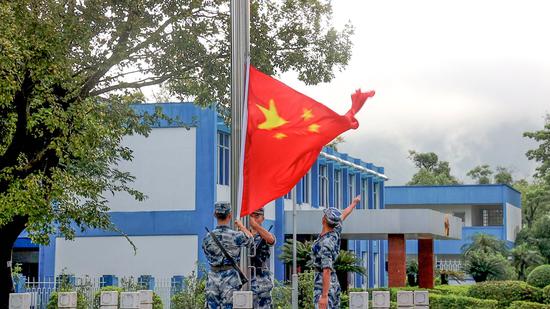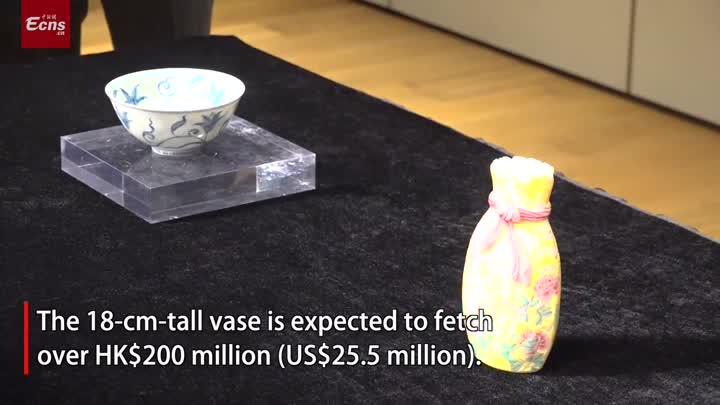In the early 1980s, a steam turbine factory in inland China was at the brink of bankruptcy, forcing its workers to produce kitchen knives to survive.
The factory now has turned into one of the world's largest manufacturer of power generators, with its products and services exported to nearly 80 countries and regions.
The secret behind the transition, said Xu Peng, deputy general manager of Dongfang Electric Corporation, was the company's relentless efforts in research and development (R&D).
"Innovation is what brings us to where we stand today," Xu said.
Dongfang Electric is among the thousands of industrial firms riding on the tide of China's rapid development over the past decades.
Since the founding of the People's Republic of China 70 years ago, the country has seen tremendous progress in its industrial strength, with the manufacturing sector now playing an indispensable role in the global industrial system.
Industrial value-added expanded 970.6 times from 12 billion yuan (about 1.7 billion U.S. dollars) in 1952 to 30.52 trillion yuan in 2018, representing an average year-on-year growth rate of 11 percent calculated at the constant price, according to data from the National Bureau of Statistics (NBS).
World Bank data showed that China overtook the United States as the world's largest manufacturing country in terms of added value in 2010 and has retained first place ever since.
As the world's factory, the country now ranks first in the production of clocks, bikes, furniture and beer, while it could barely make enough soap and clothing to meet domestic demand 70 years ago.
The country's output of mobile phones, computers and televisions amounted to 1.8 billion, 310 million and 190 million units in 2018 respectively, accounting for about 70 percent to 90 percent of global output, NBS data showed.
Auto production stood at 27.82 million units in 2018, remaining first in the world.
"China not only has a competitive edge in the production of light industrial goods or textiles but also is almost on par with the developed economies in terms of manufacturing of high-tech products and major equipment," said Wei Jigang, a researcher with the Development Research Center of the State Council.
Dongfang Electric made its way out of the inland province of Sichuan to the global stage thanks to its high-tech advantage. In a laboratory test in Switzerland, its power generator was proved 0.39 percent more efficient than its competitors in a variety of simulations.
"A 0.39-percent difference could mean an additional 50 or 60 million kilowatt-hours of electricity a year for hydropower stations," said Zhao Yongzhi, an engineer with the firm.
The country has been stepping up its efforts to invest more in high-tech manufacturing and upgrade its industrial sector.
According to the NBS, China's R&D intensity, or the proportion of R&D expenditure to GDP, reached a record high of 2.19 percent last year.
"As the country shifts from high-speed growth to high-quality growth, technology will power the industrial sector's future growth," said Tang Jiqiang with a think tank under the Southwestern University of Finance and Economics. Enditem


















































